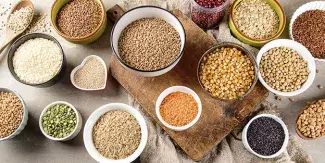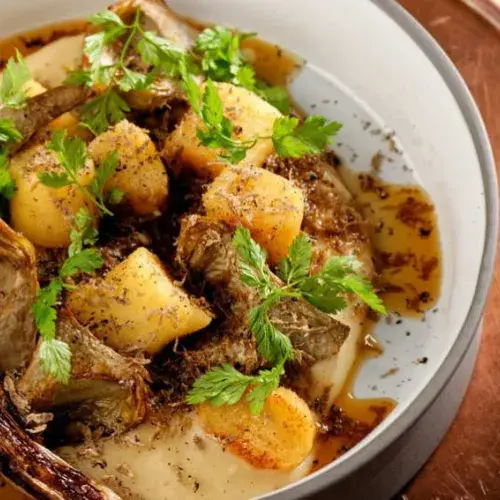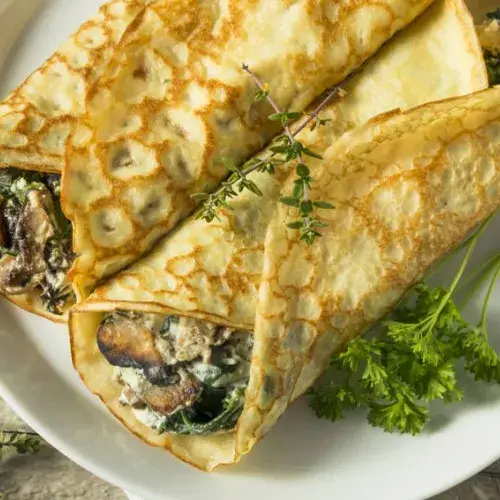New trends in grains

We'd never heard of them until a couple of years ago, even though they've been consumed since time immemorial by different cultures. Their main virtue is their remarkable nutritional qualities. Let's take a look at some of the new trends in grains in today's diet.
Quinoa
Although it was initially only produced in Andean countries like Bolivia or Peru, its worldwide fame has extended its production to many other countries, including Spain. As it contains nine essential amino acids, it is a complete food that is easy to digest. It has a delicate flavor and can be eaten in flakes, in salads or as a garnish. It is suitable for diabetics and also for celiac sufferers.
Millet
It is very nutritious and can help to control diabetes by providing energy without spiking glucose. It is high in fiber, magnesium, zinc, iron and folic acid and contains more amino acids than rice. It also has excellent probiotic properties, meaning it helps to regenerate our microbiota.
Chia
With its low calorie content, this super-seed provides fiber, antioxidants, calcium, proteins and omega 3 and omega 6 fatty acids. Essential in vegan cuisine, its gelatinous texture when mixed with water makes it a good egg substitute. Thanks to its high satiating power, it is also useful for people who want to lose weight.
Amaranth
Very common in Mexico, amaranth has become popular due to its outstanding nutritional properties. It is one of the grains with the highest antioxidant power and it contains twice as much protein as rice. It also contains calcium, iron, magnesium, phosphorus, potassium, and even vitamin C, which is not common in other grains. Recommended in all types of diets, it is an easily digested grain.
Spelt
Spelt is one of the oldest varieties of wheat. Despite being a great food that is better tolerated by the body than any other grain, it fell into disuse a century ago. However, the positive effects of its consumption have become popular again. Among other benefits, it prevents cardiovascular problems, strengthens the immune system and regulates blood clotting.
Oats
Ideal to start the day, oats are consumed in milk or as whole flakes and in breakfast cereals. Oatmeal, on the other hand, can be used to thicken sauces and creams. They have the ability to regulate sugar and cholesterol levels, reducing the risk of cardiovascular disease. They also contain protein, fiber, Vitamin B, Magnesium, Iron, Calcium and Omega 3.


